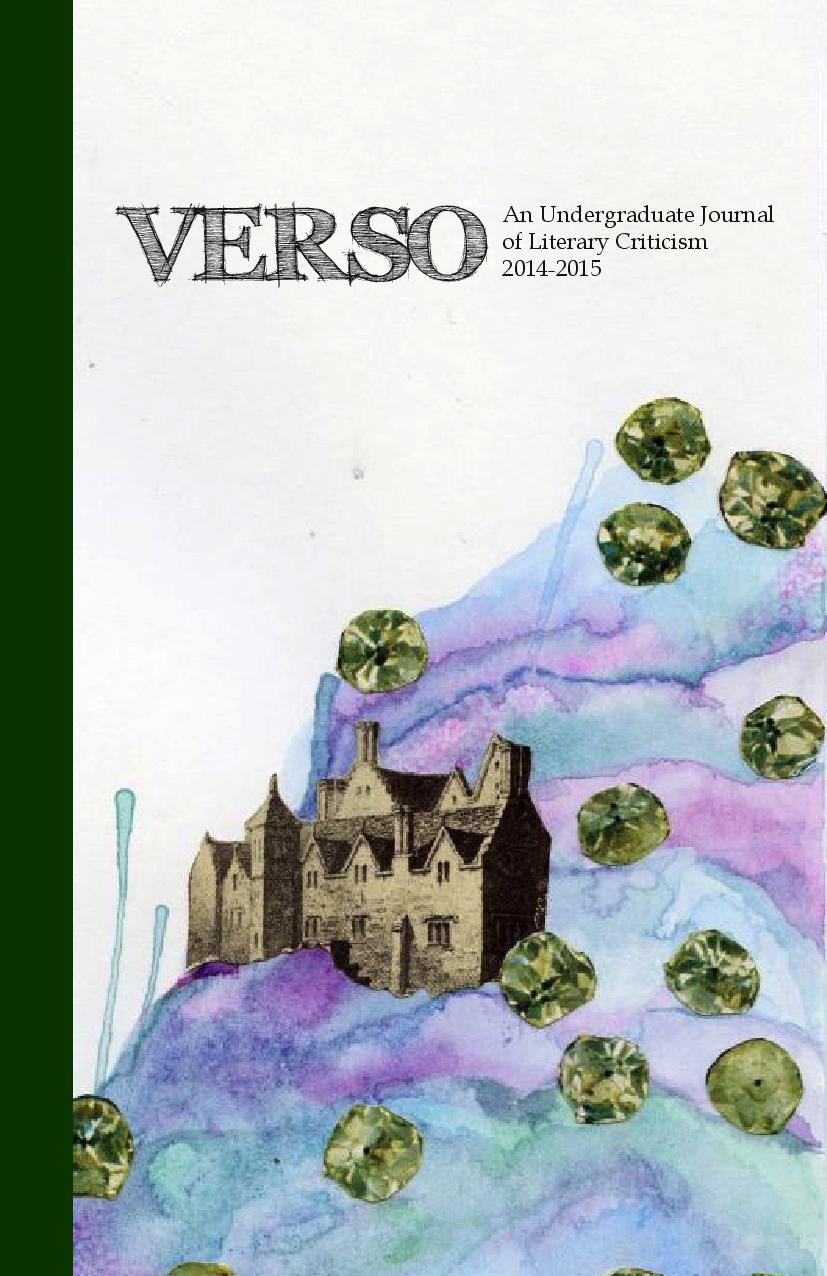"Fishing the Swamp": Trauma and Narrative in Hemingway's "Big Two-Hearted River'
Abstract
Most understandings of Hemingway‘s “Big Two-Hearted River” set up a dichotomy between two kinds of space: civilization and the wilderness. In these readings, the wilderness presents an opportunity for healing by immersion in concrete physical action. As Karl Fritze rightly points out, though, the story‘s structure is actually more complicated than that. It also has a third space: the “surrogate domestic space” of the campsite, the place where Nick, the protagonist, acts on his environment. The campsite is not a place where things resolve themselves; rather, it is a place of “desperate self-reassurance, an assertion of normalcy rather than simply a natural contentment.” And, the campsite gets readers only halfway through the story‘s narrative movement, a movement “from pure ease into a mediating domestic fantasy and then finally into unfiltered natural chaos.” That chaos is the swamp, another interpretive conundrum for readers. In Fritze‘s surprising and convincing reading, the swamp offers the possibility for Nick to plunge back into the mediation of trauma, into “the social world of storytelling.”
—Dr. Leonard Diepeveen

